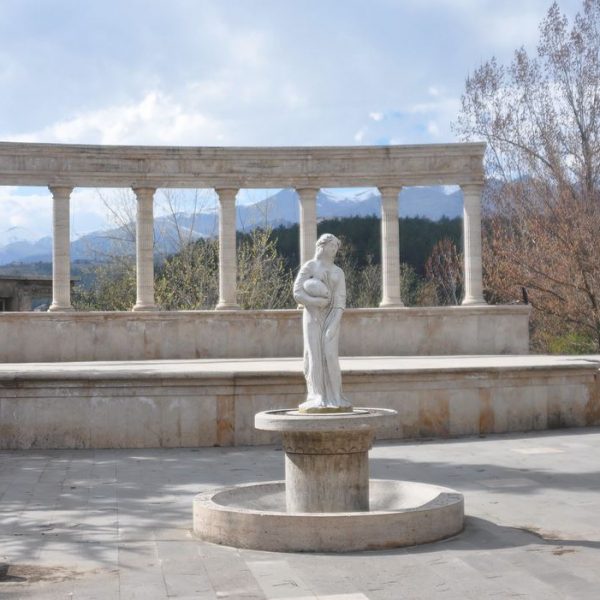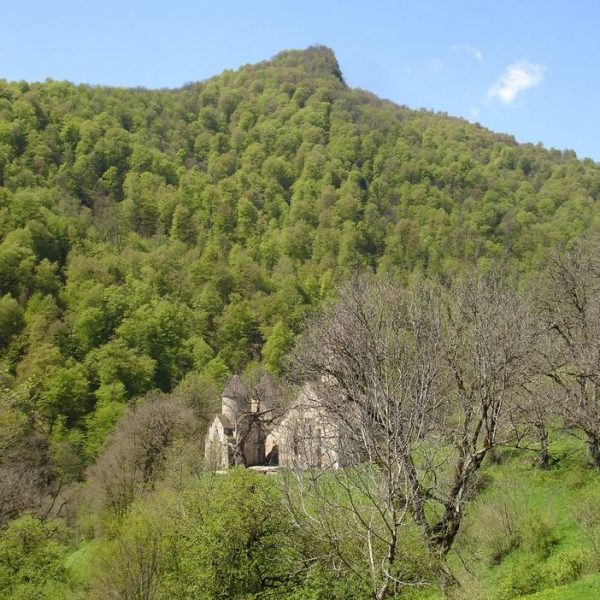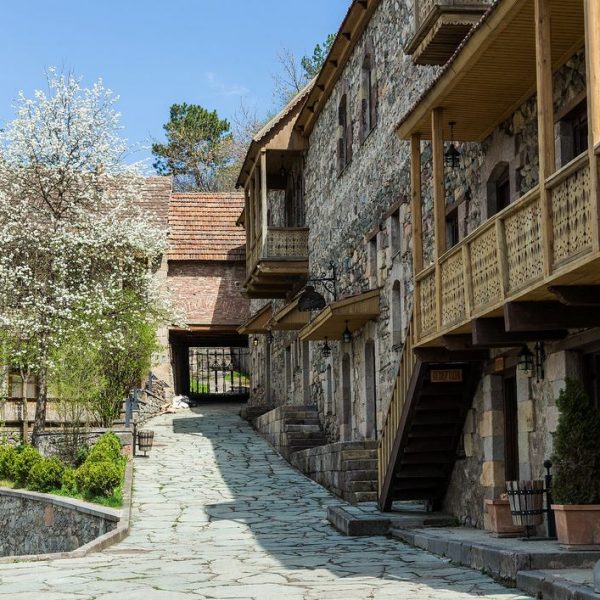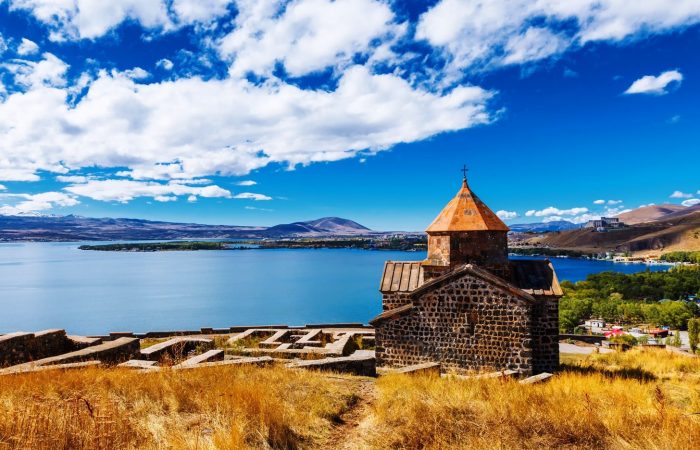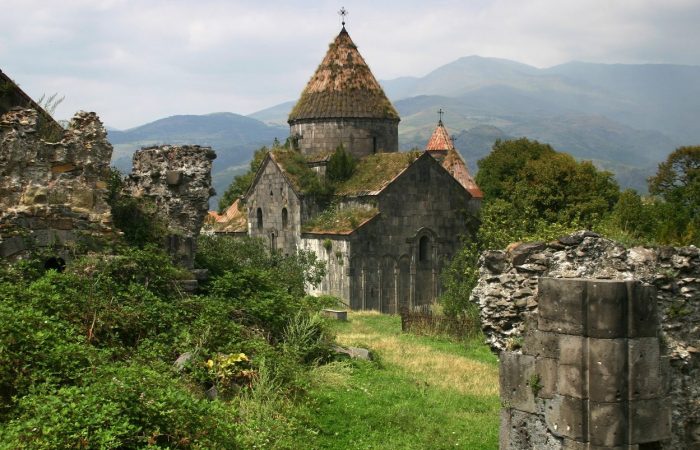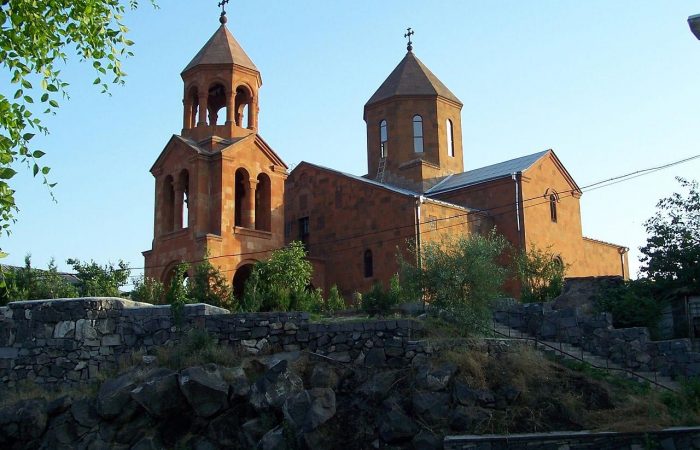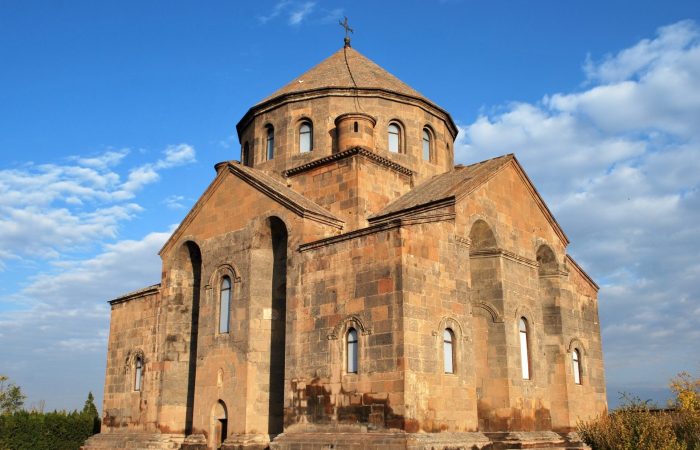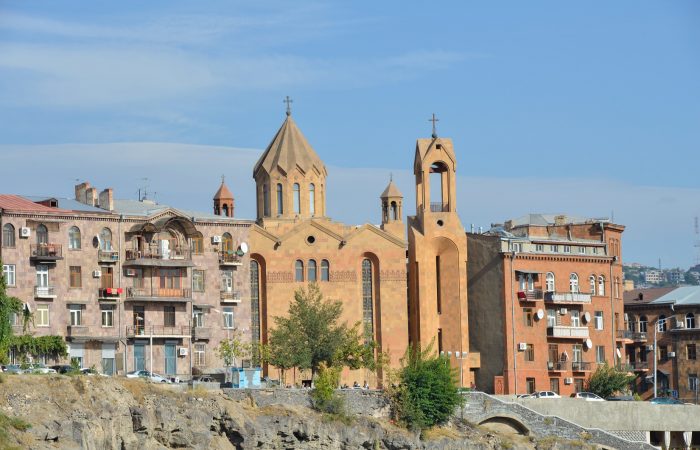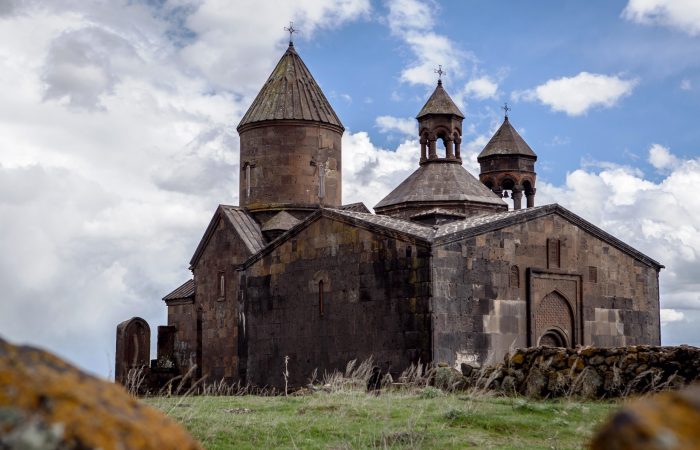At the beginning of the 19th century Dilijan was a flourishing center of culture, trade and cuisine. Wealthy people of Armenia, Georgia and Azerbaijan used to spend their vacations in Dilijan investing a piece of their culture, history and traditions in the development of this resort city. Typical architecture of 19th century Dilijan is presented in the historical district of the city; in Sharambeyan Street where the houses with wooden carved balconies bring forth the spirit of this historical city.
Dilijan: Location
Dilijan is located 93 kilometers from Yerevan in Tavush Province.
Dilijan: Weather
The weather in Dilijan is much like the weather in Yerevan, only with some rain in the evenings in summer. Winters are mild and moderate without hard snow.
Dilijan: People
The population of this beautiful resort city carved out in forests is steadily decreasing. At the end of the Soviet Era the city had a population of over 30,000 people. The collapse of Soviet Union, the war between Azerbaijan and Armenia, energy and fuel crisis and bad social conditions forced people to unwillingly leave their hometown in search of a better life. Despite all this, Dilijan survived the problems and with its 16,000 population is still vibrant and active.
People of Dilijan are as sophisticated, as the nature around them. They boast of their city and love to guide people, indicating all the advantages of their beloved Dilijan. They are highly proud of Dilijan mineral water, which is considered to be curable. People of Dilijan are easy to talk to and are non-judgmental. Also, most importantly, they are always ready to give a smile even after a hard working day.
Dilijan: Things to See
At least three to four days are needed to truly explore Dilijan’s historical and sacred sights, nature and the wildlife. Here is a list of what you can see.
Monuments
The Rotondo – The Rotondo is a 19th century domed construction, which served as a summer resort complex. The view from Rotondo is marvelous, picturesque and breathtaking; mountains and forests of Dilijan are right next to you, just stretch a hand. Many Armenian artists, composers, writers and poets were inspired by this structure. One of them is Yeghishe Charents.
The Amphitheater – Located in the city center the Amphitheater is a construction built by architect N. Danielyan. The source of his inspiration is considered to be the building of Rotondo. Khanjyan’s Villa – Khanjyan’s Villa is an early 20th century round shape construction, a reflection of 20th century Armenian Modernist Architecture. First Secretary of the Communist Party of Armenia Aghasi Khanjyan’s villa is situated on the hill overlooking the city center.
Memorial to Soviet Armenia – Built in 1970 the memorial symbolizes the 50th anniversary of the Soviet Armenia. Every edge of the monument is a symbol of each decade.
Memorial to World War 2 – The monument commemorating the victims of World War 2 was built in 1975 by K. Vatinyan and S. Mehrabyan. It is located in the central park of Dilijan.
Natural and Sacred Sights
Parz Lich (Lake Clear) – Parz Lich is a small lake enclosed in thick forests of Dilijan National Park to the north of Dilijan. Parz Lich was formed due to climatic changes in the region. It is 1400 meters above sea level, covers 2 hectares, is 5 meters deep, 385 meters long and has a latitude-85 meters.
Haghartsin Monastery – Haghartsin Monastery is located in Haghartsin Village, 18 kilometers from Dilijan. It’s a religious complex of 12th-13th century architecture nestled in the impressive nature of Dilijan. The main building of the complex was built in the 5th-7th centuries. There are three churches in Haghartsin Monastery – St. Astvatsatsin Church, St. Grigor Church and St. Stepanos Church. The religious complex includes a gavit, refectory, scriptorium, belfry and khatchkars.
Haghartsin Monastery is under reconstruction nowadays.
Goshavank Monastery – Bearing the name of prominent Armenian fabulist Mkhitar Gosh, Goshavank Monastery is located 75 kilometers north-east of Yerevan. Built in 1188 by Mkhitar Gosh, the monastery was initially called “Nor Getik” and was renamed Goshavank after Gosh’s death in 1213.
Goshavank Monastery used to be one of the leading religious and educational-cultural centers, where Mkhitar Gosh lived and worked for 25 years.
Jukhtak Monastery – Jukhtak Monastery is a 12th century little monastery including two churches; St. Astvatsatsin and St. Grigor.
Dilijan: Things to Do
You can take hiking trails of Dilijan Mountains and forests in search of unexplored natural beauties. Other than that, the following options can be considered:
- Barbeque in the forest.
- Riding a bike around Dilijan.
- Camping near the river.
- Hiking in the mountains and forests.
- Gathering mushrooms and berries in the forest.
- Visiting museums, arts and craft shops in historical district.
Things to do around Parz Lich (Lake Clear)
- Four-wheeled motorcycling.
- Fishing and camping.
- Barbeque making.

